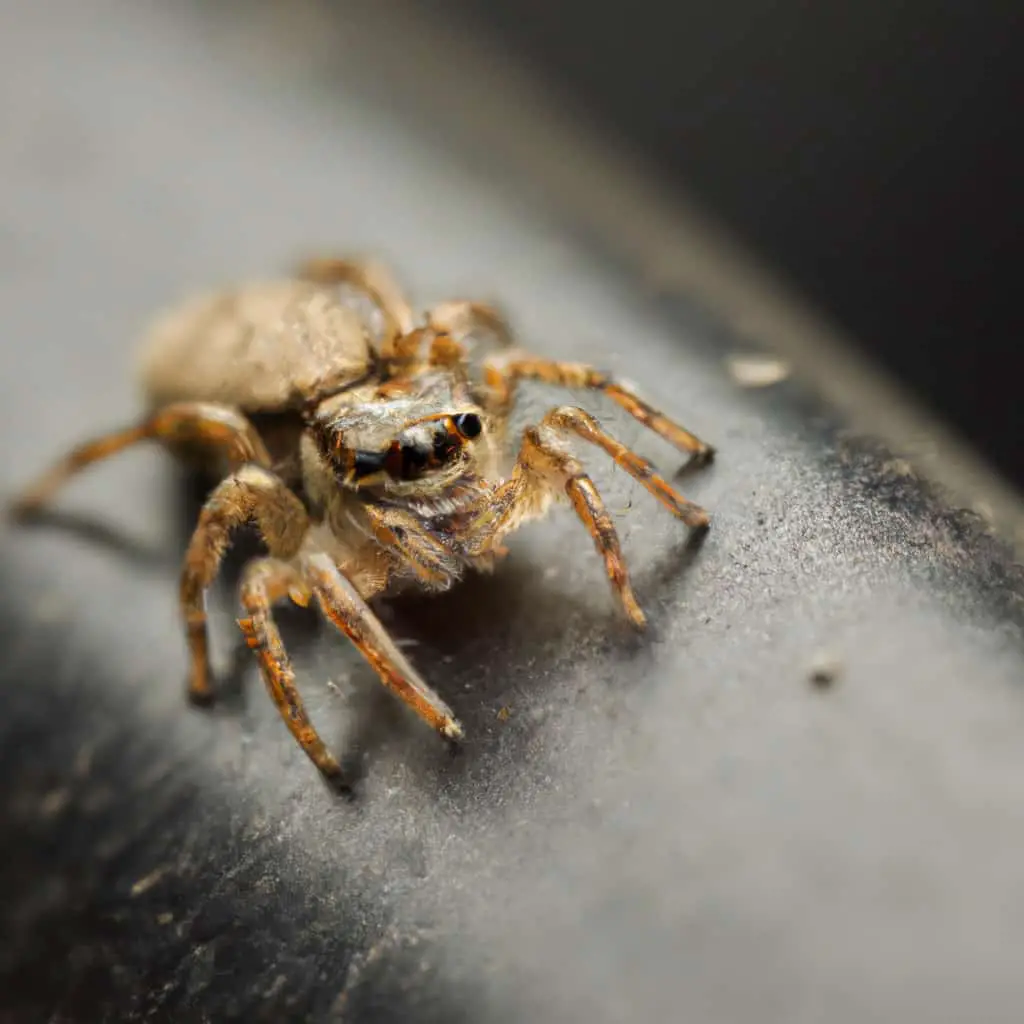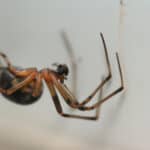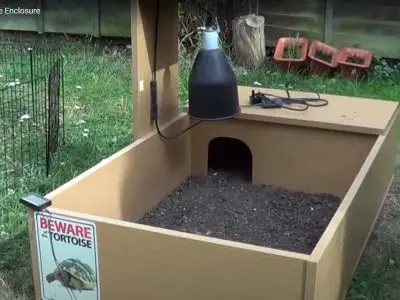Jumping spiders are fascinating creatures that are known for their incredible jumping abilities and unique personalities. These spiders are friendly and curious, making them popular as pets among spider enthusiasts. However, catching a jumping spider can be a tricky task, especially if you’re not familiar with their behavior and habitat.
To catch a jumping spider, you need to know where to look and how to approach them without scaring them away. Jumping spiders are commonly found in gardens, parks, and other outdoor areas with vegetation. They are also attracted to light, so you may find them near windows or light fixtures. Once you spot a jumping spider, you need to be patient and gentle in your approach, as they are easily frightened.
Key Takeaways
- Jumping spiders are friendly and curious creatures that make great pets for spider enthusiasts.
- To catch a jumping spider, you need to know where to look and how to approach them without scaring them away.
- When catching a jumping spider, be patient and gentle in your approach to avoid frightening them.

Understanding Jumping Spiders
Jumping spiders are fascinating creatures that belong to the Salticidae family. They are known for their unique hunting behavior and incredible vision. In this section, I will provide you with some basic information about jumping spiders, including their identifying characteristics, species, habitat, and diet.
Identifying Characteristics
Jumping spiders are small, carnivorous arachnids with an appearance that sets them apart from other spiders. They have eight legs and are usually less than an inch long. One of the most striking features of jumping spiders is their large, front-facing eyes. They have four pairs of eyes, with the anterior median eyes being the largest and most prominent. These eyes provide them with exceptional vision, allowing them to track and capture prey with great accuracy.
Species and Coloration
There are over 5,000 species of jumping spiders, and they come in a wide range of colors and patterns. Some species are brightly colored, with iridescent markings that make them stand out. Others are more subdued, with patterns that help them blend in with their surroundings. One of the most common species in North America is the Phidippus audax, which has a distinctive black body with white stripes and iridescent green fangs.
Habitat and Environment
Jumping spiders can be found in a variety of habitats, including forests, grasslands, and deserts. They prefer to live in safe environments with plenty of plants and other hiding places. Jumping spiders are diurnal, which means they are active during the day and rest at night. They are also very agile and can jump up to 50 times their body length to catch prey.
Diet and Hunting Behavior
Jumping spiders are carnivorous and feed on a variety of insects, including flies, mosquitoes, and moths. They use their incredible vision to track and stalk their prey, often jumping great distances to catch them. Jumping spiders are also known for their unique hunting behavior, which involves a combination of stalking, jumping, and pouncing. They are skilled hunters and can catch prey that is much larger than themselves.
In conclusion, jumping spiders are fascinating creatures with unique characteristics and behaviors. Their incredible vision and hunting skills make them one of the most interesting spiders in the world.
Caring for Jumping Spiders as Pets
As a pet owner, one of the most important things to consider is the care and maintenance of your pet. Jumping spiders, like any other pets, require proper care and attention to thrive in captivity. In this section, I will discuss the important aspects of caring for jumping spiders as pets.
Creating a Suitable Habitat
Jumping spiders are small and agile creatures that require a suitable environment for survival. When creating a habitat for your pet jumping spider, it is important to consider the following:
- Enclosure: Jumping spiders require an enclosure that is well-ventilated and escape-proof. A small glass tank or plastic container with a secure lid can make a suitable enclosure.
- Substrate: A substrate of peat moss or coconut fiber can be used to line the bottom of the enclosure. This will provide a suitable substrate for the spider to burrow and hide.
- Climbing surfaces: Jumping spiders are known for their acrobatic abilities, and they require climbing surfaces in their enclosure. You can use sticks, branches, or other materials to create a suitable climbing environment.
Feeding and Watering
Jumping spiders are carnivorous and require a diet of live insects. Some of the insects that can be fed to jumping spiders include fruit flies, crickets, and small roaches. It is important to provide a varied diet to ensure that your jumping spider receives all the nutrients it needs.
In addition to feeding, jumping spiders require access to water. You can provide water by misting the enclosure with a spray bottle or by providing a small water dish. It is important to ensure that the water source is clean and free from contaminants.
Handling and Interaction
Jumping spiders are not pets that require a lot of handling. They are delicate creatures and can be easily injured if mishandled. If you need to handle your jumping spider, it is important to do so gently and with care.
When interacting with your jumping spider, it is important to observe its behavior and body language. Jumping spiders are known for their curious and playful nature, and they can be easily entertained by providing climbing surfaces and toys.
In conclusion, caring for jumping spiders as pets requires proper attention to their environment, diet, and handling. By providing a suitable habitat and diet, you can ensure that your jumping spider thrives in captivity. Remember to observe your spider’s behavior and body language to ensure that it is healthy and happy.
How to Catch a Jumping Spider
Jumping spiders are fascinating creatures and catching them can be a fun and rewarding experience. Here are some tips on how to catch them safely and effectively.
Locating Jumping Spiders
The first step in catching a jumping spider is to locate them. Jumping spiders can be found in various habitats such as gardens, parks, and forests. They are often found on plants and flowers, so keep an eye out for any movement on them.
Safe Catching Techniques
Once you have located a jumping spider, it’s time to catch it. The safest way to catch a jumping spider is to use gloves. This will protect both you and the spider. You can also use a butterfly net or a glass jar with a lid. If you choose to use a net, approach the spider slowly and carefully so as not to scare it away.
Transferring to a Container
After catching the spider, it is important to transfer it to a container. A small plastic container with air holes works well. Gently coax the spider into the container using a soft brush or a piece of paper. Once the spider is in the container, make sure to secure the lid tightly.
Remember to always handle jumping spiders with care and respect. They are delicate creatures and should be treated as such. Happy spider catching!
Safety Measures
As with any spider, it’s important to take precautions when catching a jumping spider. Here are some safety measures to keep in mind:
Understanding the Danger
Jumping spiders are not considered dangerous to humans. Their venom is not harmful and their bites are usually no worse than a bee sting. However, some people may have an allergic reaction to the bite, so it’s important to take precautions.
Preventing Bites
To prevent getting bitten, it’s best to wear gloves and long sleeves when handling spiders. It’s also important to approach the spider slowly and gently, as sudden movements may startle it and cause it to bite.
What to Do if Bitten
If you do get bitten by a jumping spider, the first thing to do is to wash the area with soap and water. Apply a cold compress to the bite to help reduce swelling and pain. If you experience any severe symptoms, such as difficulty breathing or swelling of the face or throat, seek medical attention immediately.
Remember, catching jumping spiders can be a fun and rewarding experience, but it’s important to take safety precautions to ensure that you and the spider stay safe.
Sexual Dimorphism in Jumping Spiders
Jumping spiders are known for their incredible jumping abilities and unique personalities. However, did you know that male and female jumping spiders differ in size and appearance? In this section, I will discuss sexual dimorphism in jumping spiders and how to identify male and female spiders. Additionally, I will cover courtship and breeding behaviors in these fascinating creatures.
Identifying Male and Female Spiders
Male and female jumping spiders can differ in body length, color, and pattern. In general, female jumping spiders are larger than males. For example, the Phidippus audax species has a range length of 6 to 15 mm for both males and females, but females are typically larger. Male jumping spiders can be more varied in color and pattern compared to females, which tend to have more subdued markings.
To identify male and female jumping spiders, look for differences in their pedipalps or palps. These are the small appendages near the spider’s mouth that are used for mating. Male jumping spiders have enlarged palps that are often darker in color compared to females. Additionally, male jumping spiders may have more elongated and pointed pedipalps compared to females.
Courtship and Breeding
Jumping spiders have unique courtship behaviors that involve visual displays and vibrations. Male jumping spiders will often approach a female and perform a dance or display to gain her attention. They may also use their palps to vibrate and produce sounds that are attractive to females.
Once a female has accepted a male’s advances, they will mate. During mating, the male will transfer sperm to the female using his palps. After mating, the female will lay eggs and create a small nest for her offspring. Jumping spider mothers are known for their maternal care and will often guard their eggs and young.
In conclusion, sexual dimorphism in jumping spiders is fascinating and can be observed through differences in body length and palps. Understanding the courtship and breeding behaviors of these creatures can provide insight into their unique personalities and behaviors.
Jumping Spiders Around the World
Jumping spiders are found in various habitats around the world. These spiders are known for their unique characteristics, including their ability to jump and their large eyes. In this section, I will provide an overview of the different species of jumping spiders found in different parts of the world.
North American Species
North America is home to several species of jumping spiders, including the Phidippus audax, which is also known as the bold or daring jumping spider. These spiders are mostly black with white spots or patterns on their abdomen and legs. They are commonly found in fields, gardens, and on fences.
Tropical Forest Species
Jumping spiders in tropical forests are known for their vibrant colors. One such species is the Hyllus diardi, which has a bright green abdomen. These spiders are found in rainforests and other tropical habitats. They feed on insects and other small prey and build webs on leaves and branches.
Desert Species
Jumping spiders found in deserts are adapted to survive in harsh conditions. One such species is the Habronattus americanus, which is found in the southwestern United States. These spiders are known for their quick movements and are often found on rocks and in sandy areas.
In terms of diet, jumping spiders feed on a variety of insects and other small prey. They use their chelicerae to inject venom into their prey and then consume it. Jumping spiders are also preyed upon by birds and other animals.
Overall, jumping spiders are fascinating creatures with unique characteristics. Whether you’re in North America, a tropical forest, or a desert, keep an eye out for these amazing spiders and learn more about their behavior and habits.
Frequently Asked Questions
How to safely catch a jumping spider
To safely catch a jumping spider, you will need a clear container with a lid and a piece of paper or card. First, approach the spider slowly and gently. Place the container over the spider and carefully slide the paper or card under the container. Flip the container and gently remove the paper or card. Make sure the lid is secure before transporting the spider.
Where to find jumping spiders
Jumping spiders can be found in a variety of habitats, including gardens, forests, and even inside homes. They are often found on walls, windows, and plants. Look for small, colorful spiders with large eyes and a distinctive jumping behavior.
How to identify a jumping spider
Jumping spiders are small, colorful spiders with eight eyes and a distinctive jumping behavior. They have a stocky body and short legs, and are often brightly colored with patterns or markings. Some common species include the bold jumper, zebra jumper, and regal jumper.
Taking care of a jumping spider
If you plan to keep a jumping spider as a pet, you will need to provide a suitable enclosure with plenty of space to climb and jump. Jumping spiders are carnivorous and require live prey, such as fruit flies or crickets. Keep their enclosure clean and provide fresh water.
Can jumping spiders be kept as pets?
Yes, jumping spiders can make fascinating and entertaining pets. They are relatively easy to care for and can be housed in a small enclosure. However, they are not recommended for young children or people with arachnophobia.
How to approach a jumping spider without scaring it
Approach the spider slowly and gently, avoiding sudden movements or loud noises. Try to stay still and observe the spider from a safe distance. If you need to move closer, do so slowly and gradually. Avoid touching or disturbing the spider, as this may cause it to jump away.








